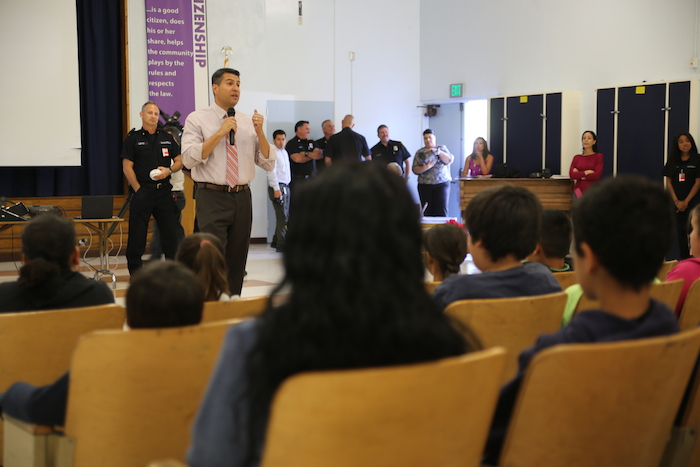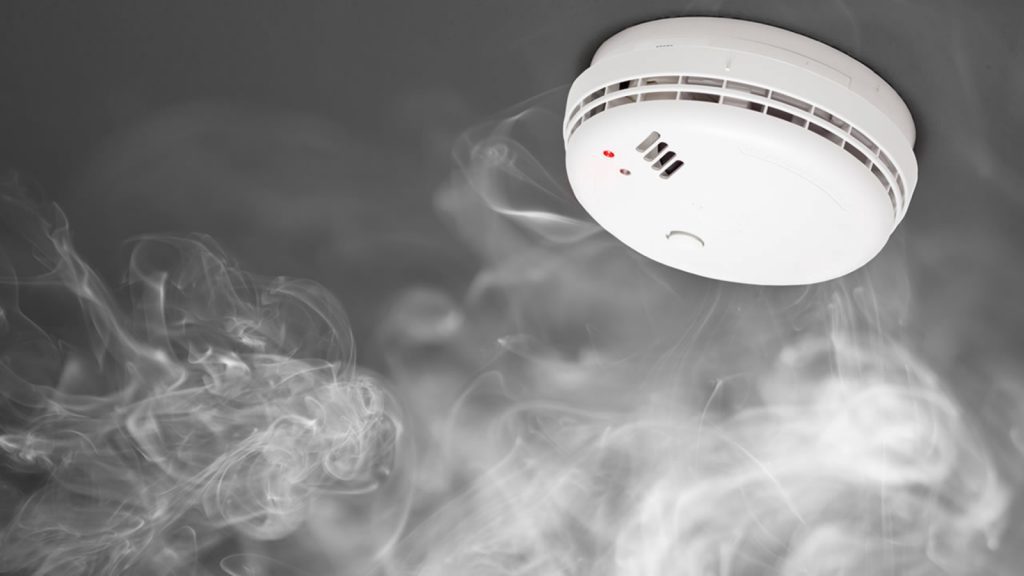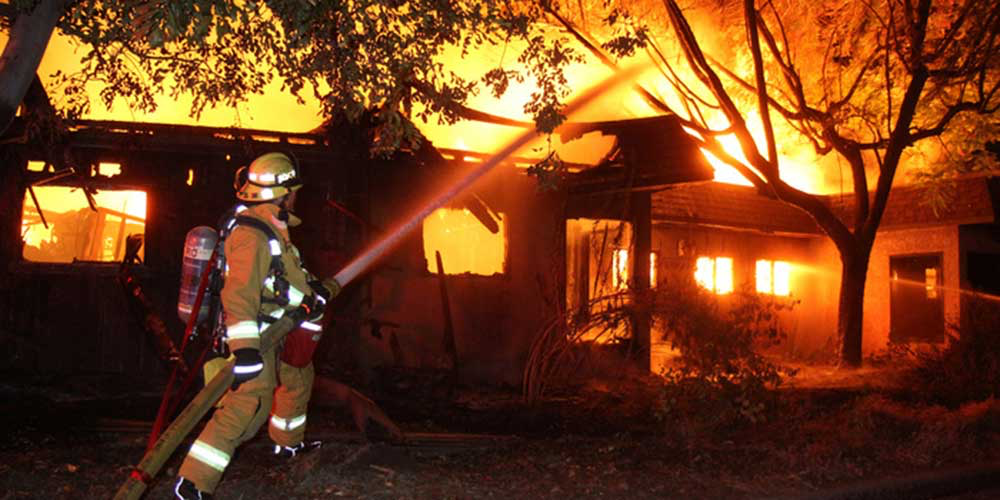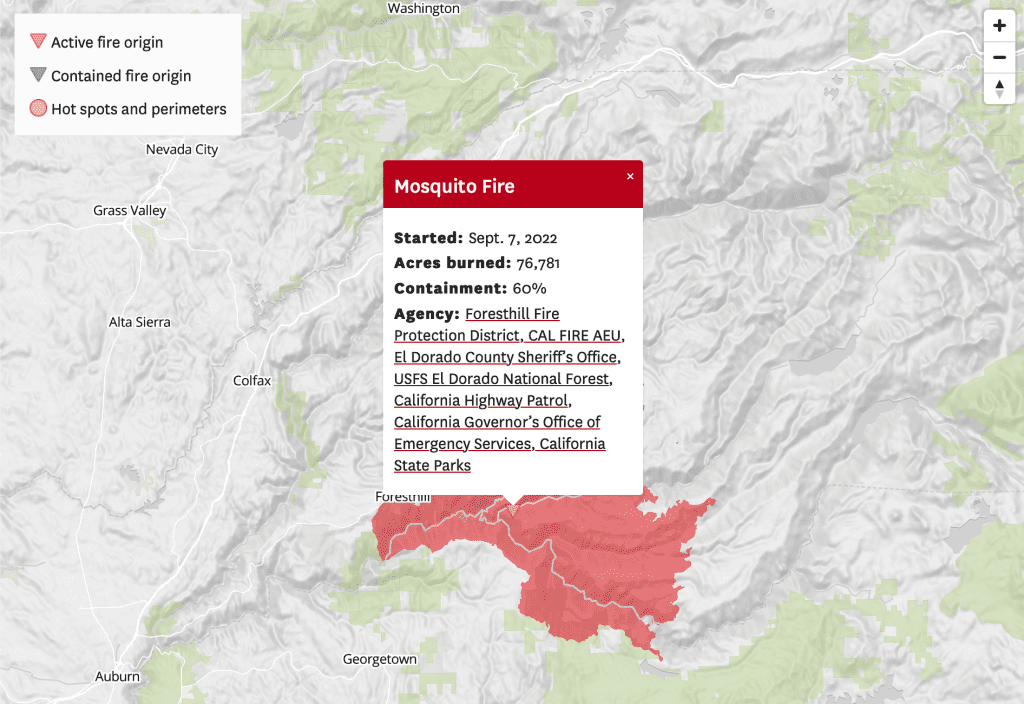FireSmart: California
FIRE! It could happen to anyone – even you!
You’re never too young, or too old, to learn about fire safety
The FireSmart:California Initiative

Home fire safety starts with you
The California Fire Prevention Organization wants you to be prepared in the event of a fire. Overall, it’s a fairly simple process:
- Make a plan.
- Practice your plan.
- Install and maintain working smoke alarms.
- Know where to go if you leave your home
- Take care of your pets
- Call 911 after you’ve left the house
To help you and your family, we’ve developed a series of steps and materials that will make you FireSmart! Read the articles below, and take the simple steps that will help you and your family have a competitive edge in surviving a fire in your home. Be FireSmart:California!
Smoke Alarms Save Lives
They're inexpensive, reliable, and even stylish
Even with this understanding of how effective a smoke alarm is, more than five million homes are without working alarms. Millions more have non-functional alarms – either too old, or with the alarms disabled (often intentionally).
Today’s alarms are designed to be more “aware” of the environment. Depending on the make and type, they can detect heat, or smoke, or both. We’ve learned that smoke alarms don’t belong in kitchens, or in bathrooms, the most likely locations for false alarms.
The average cost of a smoke alarm is less than $25. If you live in a two story, three bedroom home, you should ideally have an alarm inside each sleeping area, outside those areas in the hallway, and one on each floor, with the upstairs alarm at the top of the stairs. Realistically, even with one alarm in each bedroom, and one on each floor, the cost for the set of alarms should be approximately $100. Most people can install them within minutes, but even professional installers or handy persons aren’t likely to charge more than the cost of the alarms to install them.

Is $25 worth your family’s safety?
We read about house fires every week in the various news outlets and fire department blogs. But most of us don’t know anyone whose home has burned down. Most of us have never experienced a fire in our home. But, why wait? Being prepared in the event of a fire will greatly reduce your chance of being injured or worse as a result of fire in your home.
Fine Tune Your Hearing
Ever since the tragic terror attacks in September, 2001, everywhere we turn, we see messages about life safety. Fire Safety. Earthquake Safety. Terrorism awareness. See something, say something. Yet, with all of the educational messages, public service announcements, and informational resources, some of the most basic life safety messages aren’t being “heard” by us. It’s important that we fine tune our hearing, so our families may be better prepared in the event of disaster. One of the most life altering threats to our families and our homes is fire.

It Could Happen to You
On average, 2,500 times a year people die in house fires. More than 13,000 people are injured annually as a result of fires — many of them scarred for the rest of their lives. Our nature is to believe we control our environment and know it better than anyone else. This is in spite of demonstrable evidence that situations present themselves in which there is no control. Psychologist Ellen Langer came up with the phrase “Illusion of Control” to describe this human condition.
One thing that isn’t an illusion is the suite of statistics related to working smoke alarms. According to the United States Fire Administration and UL Labs, fire deaths have been cut in half since smoke alarms were introduced in the 1970s. During the past eight years, they’ve decreased an additional 30%, leading to conclusive evidence that the best way to survive a house fire is to maintain working smoke alarms.



